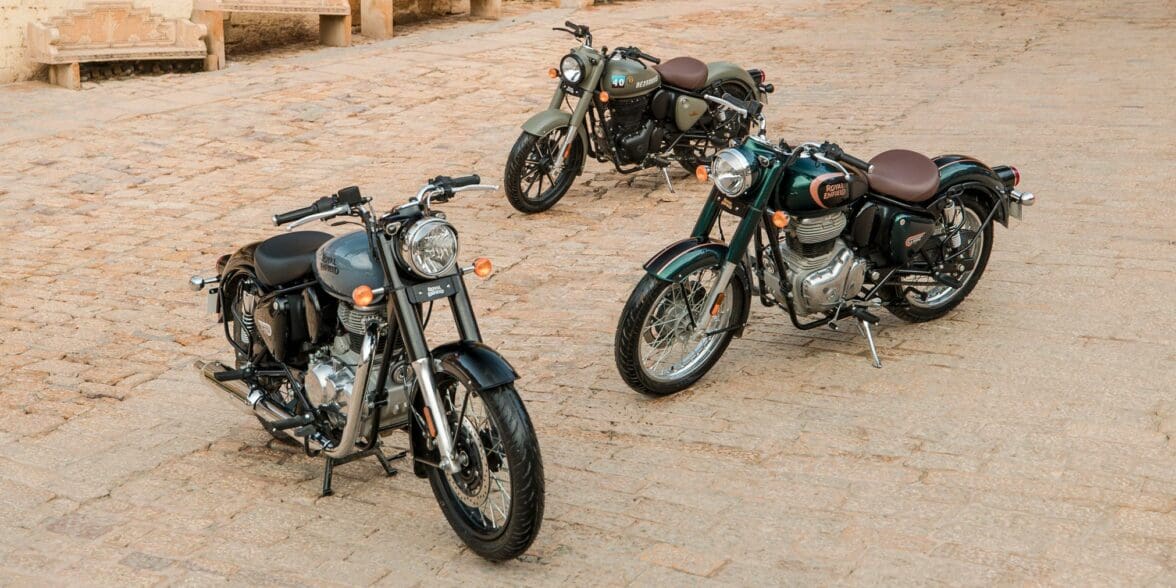For the longest time, if you mentioned the name Royal Enfield, the first thing most people thought of was a cheap, not-well-made motorcycle out of India that was a pale shadow of the original Royal Enfield company from the UK. More properly known as Royal Enfield Motors, the India branch of the company was set up mostly as an engine and components production branch, with those parts being shipped back to the UK—but after a few years of its establishment in 1955, it made more sense for the Indian branch to build the entire bike.
When Royal Enfield closed its doors in 1971, Royal Enfield Motors inherited all the rights, names, and models that the original parent company left behind. Already a very popular Indian motorcycle manufacturer, it produced motorcycles at a rate that was able to match the demand in the populous nation. However, outside of India, especially once the Japanese motorcycle import market kicked into high gear, the bikes fell out of favor—with a reputation for being unreliable, cheaply built, and generally not being all that popular within the worldwide riding community.
Things were looking rather poor for the company in the latter years of the 1990s, as the export demand for Royal Enfield motorcycles dropped off, and a merger with the Eicher Group in India had started to spread the company a bit thin. It was looking like the Royal Enfield name would disappear entirely if things didn’t change.
The Early 2000s: The Brink of Bankruptcy
Royal Enfield, and the Eicher Group as a whole, experienced a challenging start to the new millennium. Sales were down, profits were down, and no one seemed to be willing to figure out a strategy to save either company. It was then that Vikram Lal, the founder and CEO of Eicher Group, met up with his son, Siddhartha Lal, freshly returned from earning his masters in automotive engineering at the University of Leeds in the UK, and made him CEO of Royal Enfield at the age of 26.
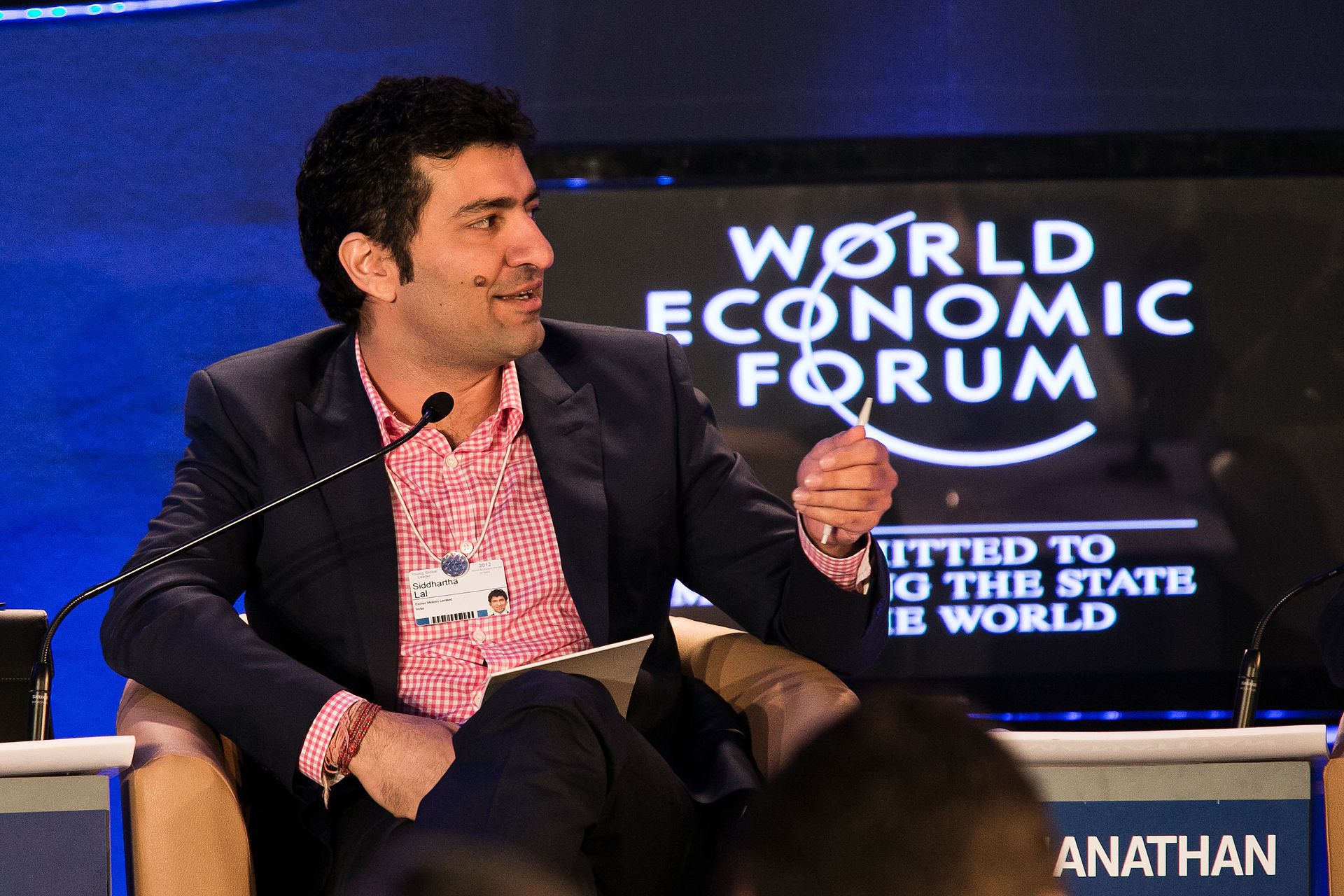
He was given one broad ranging task: end the losses and make the company profitable again. From 2000 to 2004, Lal worked out of the Royal Enfield’s headquarters and primary factory in Chennai, India, including in 2002 during flooding that shut down the production floor. He stayed in the headquarters building, living there while the floods subsided. Lal worked tirelessly to trim fat, introduce newer, more economical production methods—and for the first time in nearly a decade, upgrade the motorcycle models to have modern features while retaining a classic look.
His biggest inspiration came when he was studying in the UK, as he had found that most small cars on the road there were cheaply made, poorly-built, and felt uninspiring to drive—until fate gave him the chance to drive a new Mini. In one drive, he discovered a fun and well-built small car that was an absolute blast to take down a British B-road.
It occurred to him while he was CEO of Royal Enfield that this was the direction he needed to take: make the neo-retro bikes fun to ride, improve their handling and reliability, and all without sacrificing the essence of what makes a motorcycle a Royal Enfield.
With the cost cutting measures figured out, the production streamlined, and with a core concept of what needed to happen, Lal set about bringing Royal Enfield, and the Eicher Group as well, out of the red and into the black. All of a sudden, the classic Royal Enfield motorcycle had fuel injection, brakes that were superb, smooth and reliable power, and didn’t transmit nearly as many vibrations as they had for the past couple of decades.
The only issue was that the company was still not pulling out of the red as fast as expected—even though sales had been boosted almost tenfold—as there were three distinct and separate platforms that the bikes were built on.
From 2010 to 2020: The Hard Decision to Start a New Strategy
Despite being made CEO of the Eicher Group as a whole in 2006, Lal was still focused on bringing the Royal Enfield name back from the brink. It was because of his position as CEO, especially after streamlining a lot of other Eicher Group companies, that he sat down and had a really hard think about what to do in late 2009. It suddenly hit him.
From 2010 onwards, all Royal Enfield bikes would be built from a single platform, the Royal Enfield Classic. This would maximize the company’s economy of scale, as well as streamline the production of motorcycles even further. The Royal Enfield Classic, the first bike of the new platform, was a massive gamble, as all the previous models had been retired. It was, quite literally, an all or nothing, Hail Mary strategy that would either save the company or bury it.
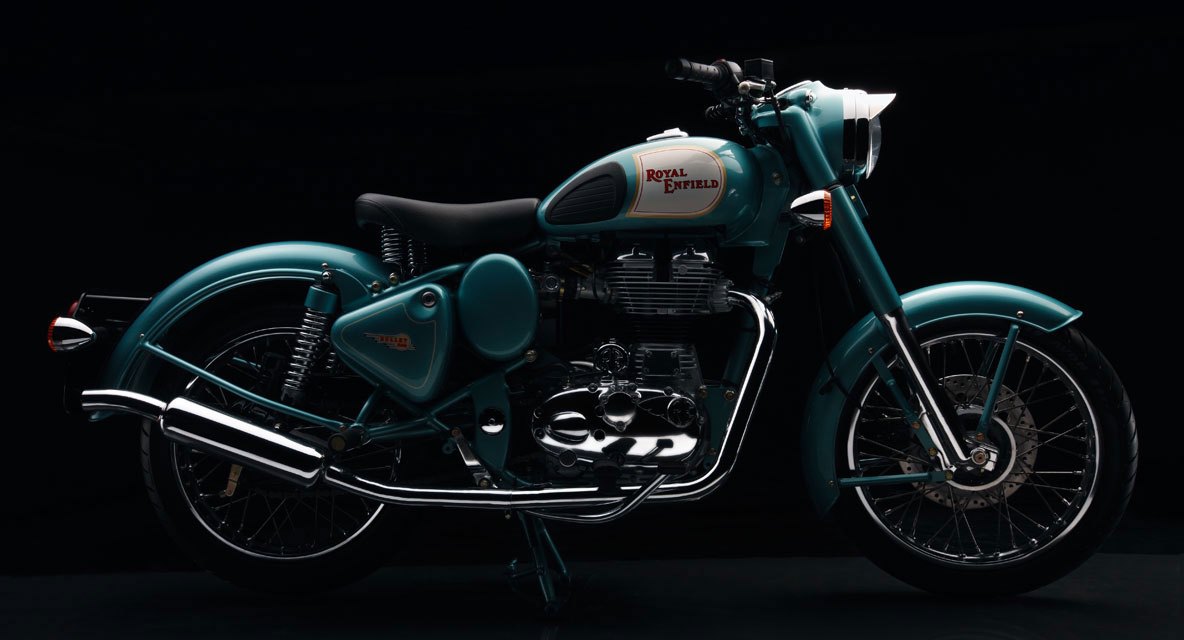
Thankfully, as the Classic was a well-built, reliable, and surprisingly powerful motorcycle, it caught on extremely quickly. More importantly, it caught on outside of India, garnering a lot of interest in the UK as a neo-retro that kept the DNA of an Enfield but handled and rode in a very modern way. The Classic was so successful that from 2010 to 2014, sales increased exponentially from an original 50,000 MY2010 bikes to just under 590,000 MY2014 bikes.
Most CEOs would be very happy to see those numbers, but Lal felt that something was still missing—something that would make the Royal Enfield name not just a reputable one, but a desirable one. So in his second all-or-nothing gamble in five years, Siddhartha divested 13 businesses from Eicher, leaving only the commercial trucks division and Royal Enfield. Using the money from the divestiture, a new North American branch of the company was established, as was a new design and research division in the UK.
In an inspired move, Lal set up the UK office in Hinckley, England—the same town where Triumph Motorcycles is headquartered. What was particularly brilliant was that he had located the office a few miles closer to the central train station in the town than Triumph was, so anyone who had to commute by train had a shorter journey to get to the Enfield offices than the Triumph HQ.
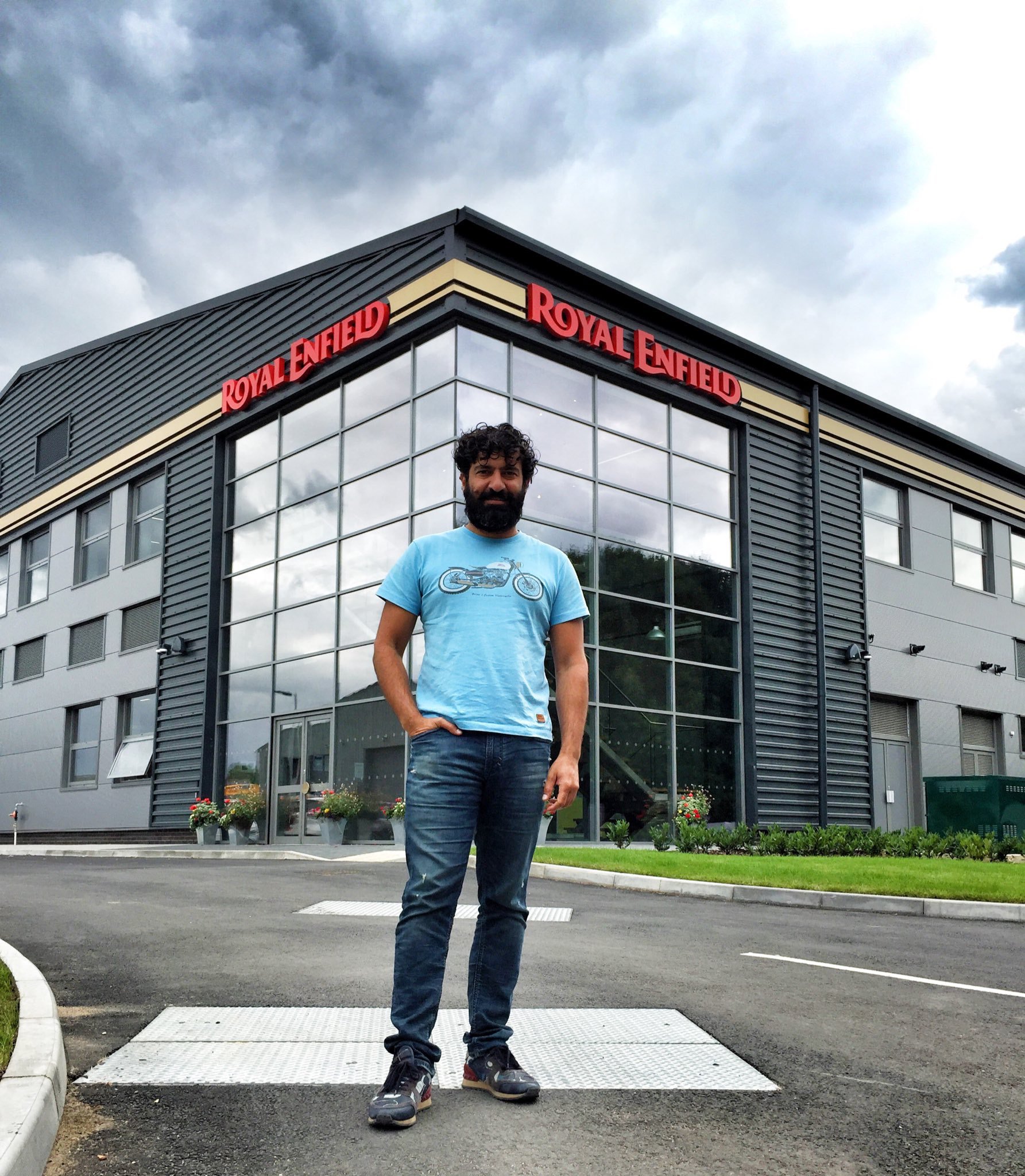
Lal also used that money to bring in the right talent. Rod Copes, former senior manager at Harley-Davidson, became president of the North American branch. Pierre Terblanche was snatched from Ducati to become the head of industrial design at the UK office. James Young and Simon Warburton, department heads for engines and products respectively, were enticed away from Triumph. His crowning achievement was hiring Rudratej Singh, a marketing director from the massive multinational company Unilever, and installing him as President and marketing director of Royal Enfield UK.
From all of these hires, and through using a common base platform, Royal Enfield motorcycles shot up in quality, even beyond what Lal himself had been able to manage. The Interceptor 650 and Continental GT were designed and released, as was the first Royal Enfield dedicated ADV bike, the Royal Enfield Himalayan. For those wanting a classic bike, the Classic 350 and Classic 500 bikes continued, and the Bullet 350 and Bullet 500 followed. All of these bikes are based on the same platform, but each and every one of them is a different style of bike to allow for more consumer choice.
Siddhartha Lal had not only saved Royal Enfield and the Eicher Group from bankruptcy, but in a decade, he had turned the company from a small Indian motorcycle company making old bikes into a modern, streamlined company producing quality, reliable neo-classic bikes people actually wanted to ride. He did that through two gigantic gambles, and both of them paid off—Royal Enfield now accounts for 80% or so of the Eicher Group’s yearly income and profit.
2020 & Beyond: No Signs of Slowing Down
Finally satisfied that the Royal Enfield name is stable and in good standing, Lal’s latest move has been to appoint a new CEO of Royal Enfield, B. Govindarajan, in May of 2022. Govindarajan was most recently Executive Director of Royal Enfield, reporting directly to Lal, and before that he was the Chief Operating Officer of Royal Enfield’s global strategy since 2013. The Himalayan was his project, approved by Lal, which opened up an entirely new segment of the motorcycle market for the company.
Some of the new initiatives that have already been started are bringing the Royal Enfield Meteor 350 and Super Meteor 650 to the global market, as well as bringing their first retro cruiser, the Shotgun 650, to Western shores sometime in the next few years. Sales are still very strong with the Interceptor 650 and Continental models, but Govindarajan has stated that a company that makes a good product survives, while a company that innovates and expands prospers.
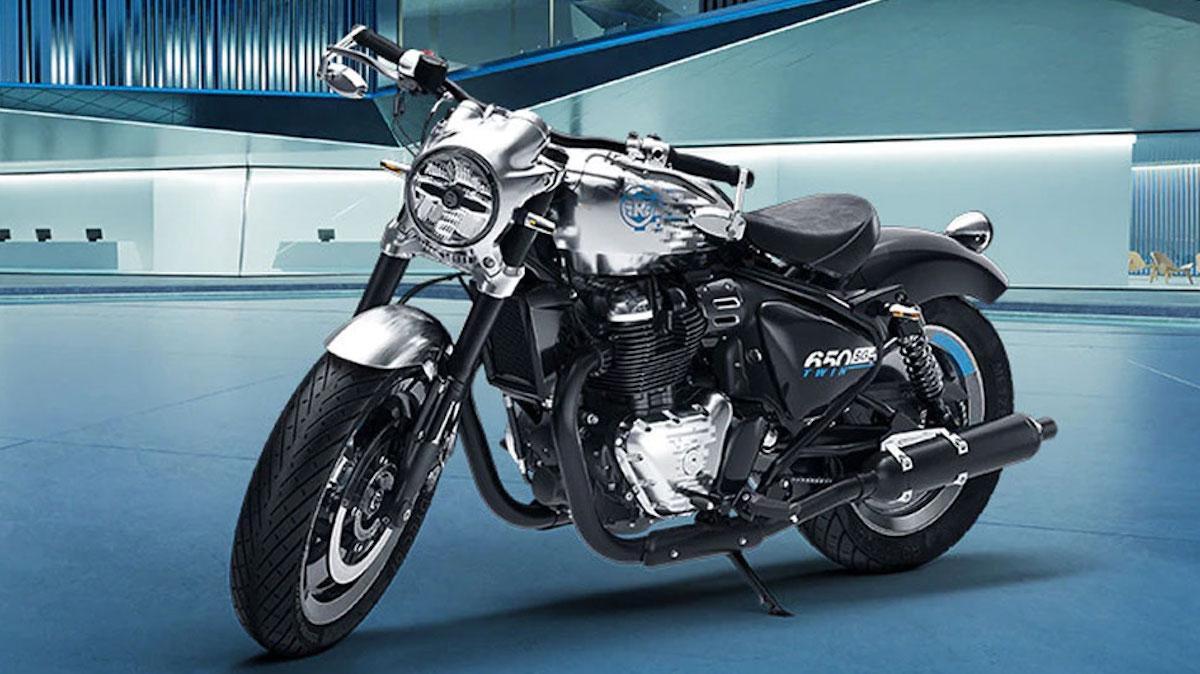
It is quite safe to say that with the talent Lal was able to bring into the company’s new strategy in 2015—as well as having a CEO he knows he can trust—Royal Enfield is not going to disappear anytime soon. There are even some whispers out there that the UK tech office has started experimenting with an electric drivetrain, although those are largely unsubstantiated at this point.
We don’t think it’s too much of a stretch, however, since quite a few manufacturers around the world are either doubling down on electric bikes (like Harley-Davidson with the Livewire), or starting research on electric motorcycles, such as the Gachaco alliance of the Big Four in Japan to share swappable battery technology.


